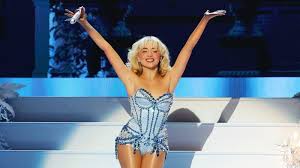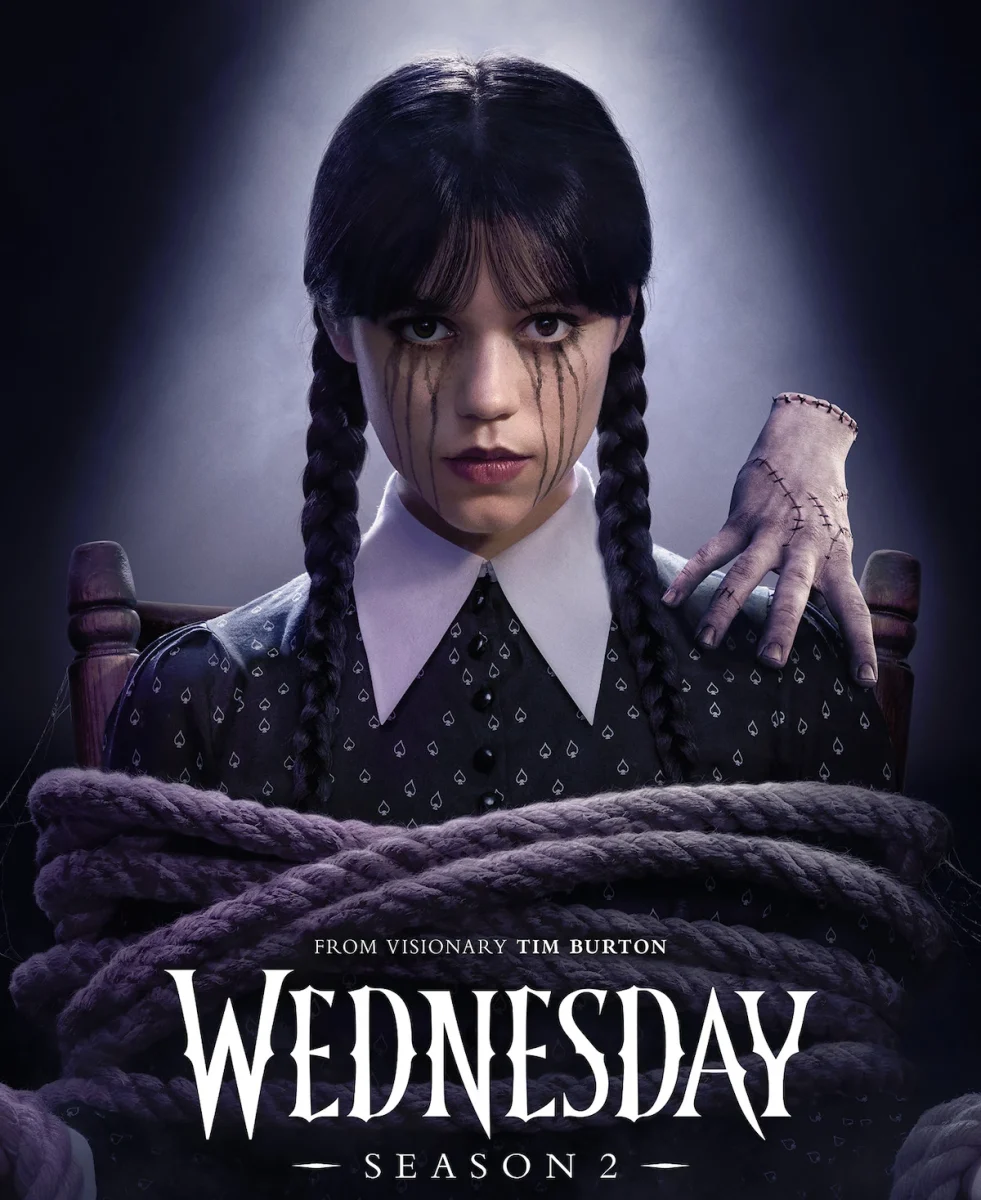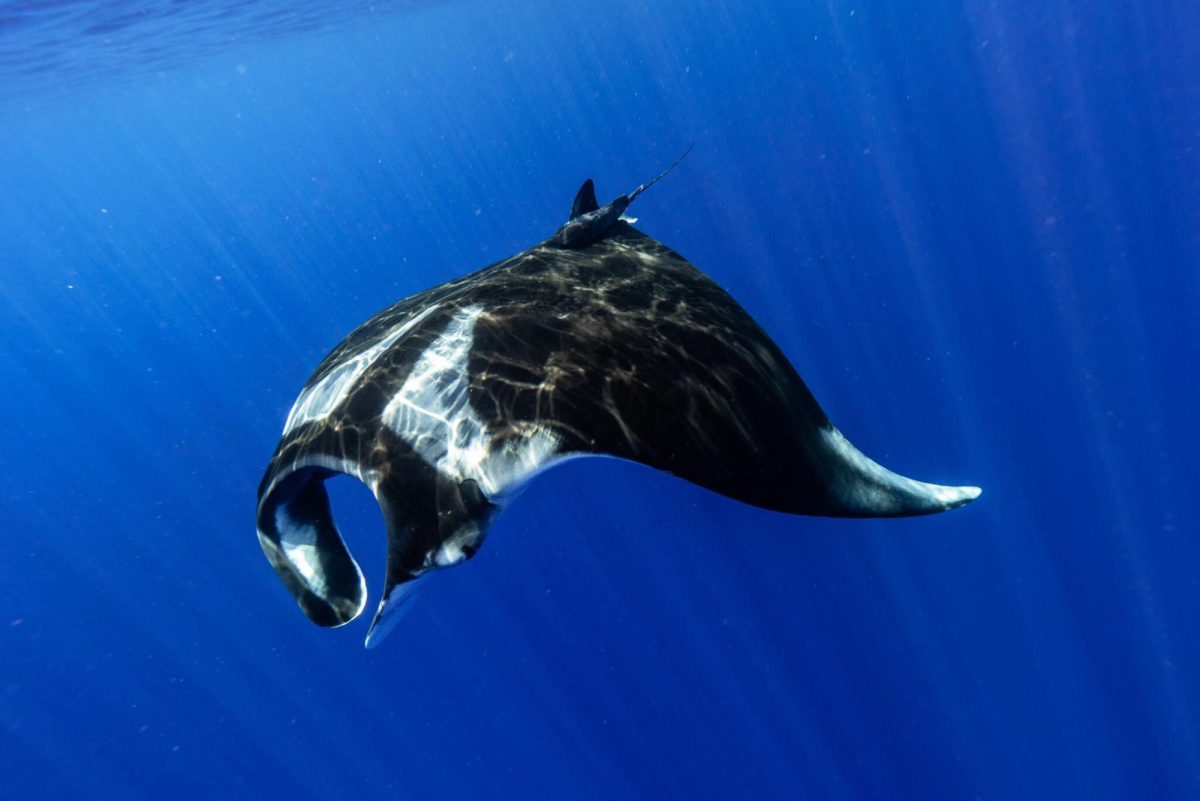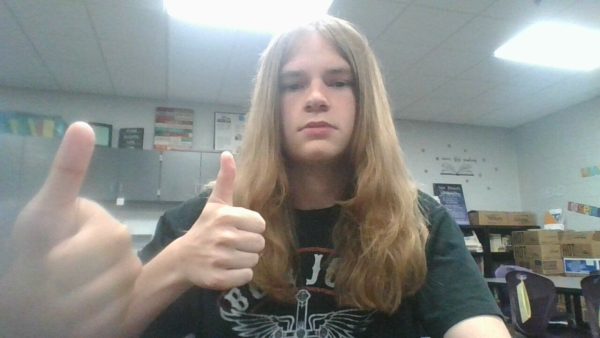“Take It Easy,” arguably one of the best hits made by the Eagles, has been a staple in music history for decades. The song, released in 1972, charted itself at number 12 in the US. While the song provides a soothing, country feel, the creation of the song was chaotic, but boy, are the people thankful!
The song began with Jackson Browne attempting to find a new song for his very first album. The first verse was concluded by Browne, but ultimately he could never find the right lyrics to finish it. During this time, Browne resided in Los Angeles, and his upstairs neighbor just happened to be one of the legendary Eagles, Glenn Frey. Frey liked what he had been hearing of the song and paid a visit to Browne, where he jumped in and the song became the one it is known as today. “Take It Easy” was the Eagles’ first song and the first single on their debut album. While Frey completed the song, he gave deserving credit to Browne and his endless work to make this tune the best it could be.
Frey made a few changes and even made some claims that this song represented ¨America´s first image of our band with the vistas of the Southwest and the beginnings of what became country-rock.¨ Frey changed the song to emphasize the elongated ¨E¨ in ¨Easy,¨ a notably catchy part of the song. Long before the song was recorded, the Eagles performed it live at a club in Aspen, Colorado four times a night.
The song mentions many locations throughout, one of which being ¨Standing on a corner in Winslow, Arizona.¨ The song has made this southern town a popular stop for music lovers and tourists alike. The town even went as far as designating the corner of West 2nd Street and North Kinsley Avenue as ¨Standin´ On the Corner Park,¨ as a nod to the famous hit. The park, which opened in 1999, hosts upward of 10 festivals a year and even includes a large mural of a man standing on the corner. In 2004, the mural was hit by a destructive fire, and to repair it, the Eagles offered to raffle a signed guitar to create the funds to do so.
The song was inspired by a real road trip that Jackson Browne had taken through Route 40, from Utah, down to Arizona, and over to Southern California. Driving a beat-up, 1953 Willys Jeep, with nothing for a sound system, he brought with him a large cassette deck, in which he played ¨Willy And the Poor Boys¨ by Creedence Clearwater Revival over and over. Partway through Utah, the Jeep died, and Browne was taken in by a few guys who recognized his trouble. The songwriting began with these random strangers, and when he returned to California with the masterpiece, Glenn Frey was drawn in and the song was described as a ¨package without the ribbon.¨
Frey describes the song´s message as ¨You shouldn´t get too big too fast.¨ With a deeper dive into the lyrics, the message becomes much more clear.
The song has been covered many times, including by Jackson Browne on his second album in 1973, and then again by Travis Tritt on the 1993 Eagles Tribute album. Tritt was even able to gather the original 1980s Eagles lineup to perform in the video with him, something he did not think was possible.
Even in recent times, Don Henley, former Eagles bandmate, has claimed that the song ¨evokes a sense of motion, both musically and lyrically. The romance of the open road. The lure of adventure and possibility…the restlessness of the American spirit, of our need to keep moving, especially from east to west, in search of freedom, identity, fortune, and this elusive thing we call ‘home.’ ”
The song is one to be enjoyed by all, generation after generation, time after time, forever and always.















